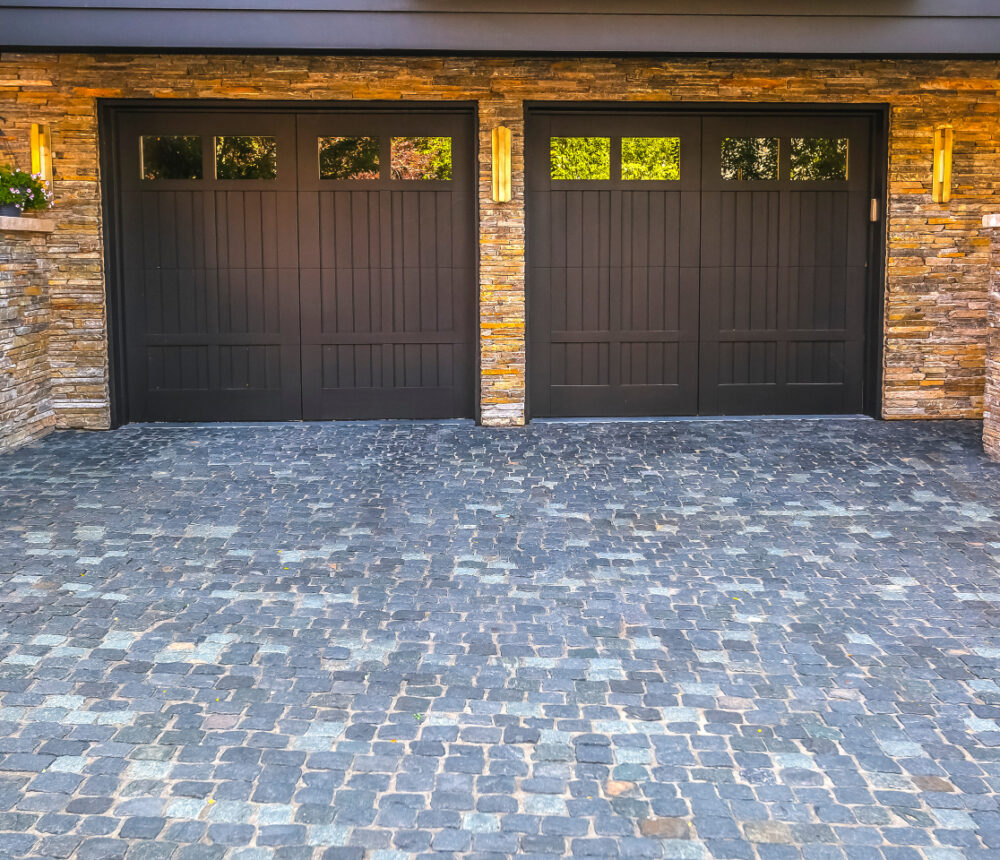Fitting a commercial door can be complicated, especially if you need to learn the current regulations. We tend not to overthink about doors. However, if you own commercial property or are changing your doors, there are several regulations you need to be compliant with.
Doors in commercial properties do come with regulations to ensure the safety of all. Regular maintenance is the best way of keeping your doors functional and in top condition and is part of health and safety regulations. The maintenance differs depending on the type of door.
Regulations state that somebody must safely check fire exits, fire doors, and manual and automatic doors.
Fire Exit Doors
These doors must remain in optimal condition for everyone’s safety. Fire exits are not the standard entry and exit points for foot traffic. They are there for emergencies and have to function correctly in an emergency,
Manual fire doors have to be checked twice a year, paying particular attention to,
- Panic bars
- Paddle handles
- Pivots
- Door closing mechanisms
- Hinges
Most businesses are aware of BS8300 and BS8214 legislation that covers the above. Many need to be made aware that all the components of fire exit doors have their own standards.
BSEN1154 and 1125 legislation cover panic bars and door closures. Monthly inspections are required for panic hardware, along with a twice-yearly service.
Fire Doors
These are an integral part of any commercial building, designed to protect and hold back the spread of fire to allow people to exit the building. These are often the weakest link in fire prevention. If the fire doors do not close correctly when they should, fire and smoke will not be restrained, delaying its spread.
Fire doors protect lives, products and the building, and as such, they require a regular maintenance plan. A check on whether they are shutting correctly or are free of obstructions is necessary to ensure they work when needed.
Since January ’23, more stringent regulations relating to fire doors and exits have been in place, due mainly to the dreadful 2017 Grenfell fire. There are several types of fire doors, and they are all rated.
The rating of a fire door indicates the duration they can stop the spread of fire. The range can be FD30, 30-minute, to FD120, 120-minute duration. There is also legislation on glass and steel fire doors that must be met.
Automatic Doors
The standards on automatic doors are covered by BS EN 16005 and BS7036-0. These also require a risk assessment and servicing at least once a year. The maintenance should be by the power operating manufacturer’s instructions. High-traffic areas such as hospitals, airports, and supermarkets may require inspection more frequently.
Manual Doors In A Commercial Setting
The way the manual door closes, and the hinges fitted are the vital parts to be inspected. A manual door—is required by building Regulations and BS8300—to have an opening below 30N, between zero degrees and fifteen degrees.
For any further queries on compliance and commercial door maintenance, please contact us by phone, email or via our online form.

